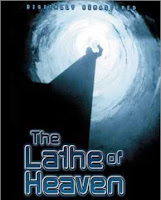 Here is a German Split Pea Soup from a loosely followed Saveur recipe containing onions and carrots. I boiled the smoky ham hock in homemade stock before adding the other ingredients and removed the entire ham hock before the peas went totally soft. The result is very very good but I simmered for much longer than the recipe instructed to get a smoother texture. No doubt a slow cooker would work just as well here.
Here is a German Split Pea Soup from a loosely followed Saveur recipe containing onions and carrots. I boiled the smoky ham hock in homemade stock before adding the other ingredients and removed the entire ham hock before the peas went totally soft. The result is very very good but I simmered for much longer than the recipe instructed to get a smoother texture. No doubt a slow cooker would work just as well here.
After forgetting the reserved ham hock in the freezer for about a week, the resulting makeover was this "stew" of shredded ham, summer squash, fava beans and fresh herbs served with black wild rice.












.jpg)

